Ngorongoro Crater: Eden on Earth at the Heart of Tanzania
“The past shows clearly that we all have a common origin and that our differences in race, colour and creed are only superficial.”
— Dr. Louis Leakey
By Joseph Robert, Safari Guide & Conservation Storyteller
Where Is Ngorongoro Crater and Why Is It So Special?
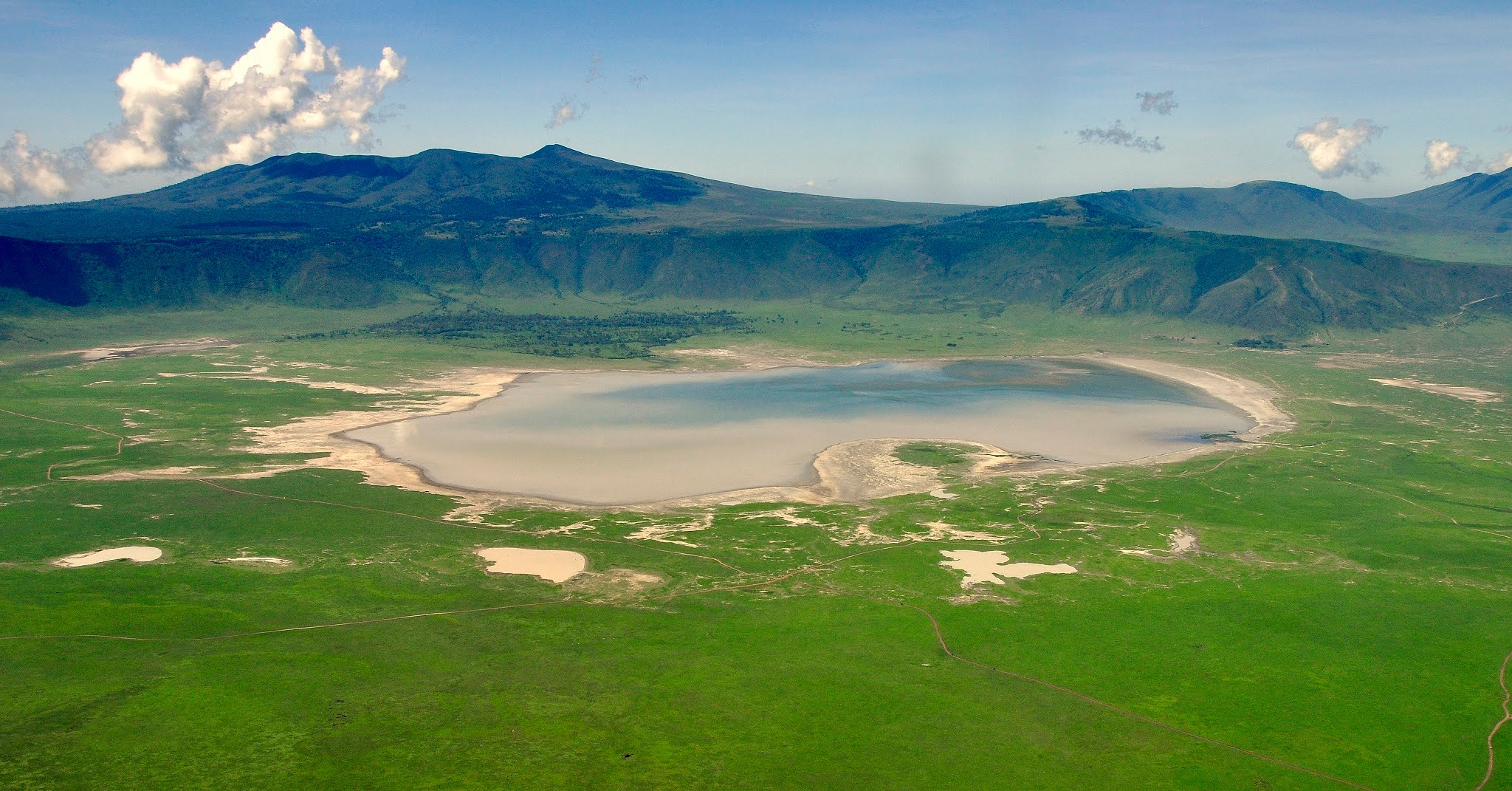
Nestled in northern Tanzania, the Ngorongoro Crater lies within the Ngorongoro Conservation Area (NCA)—a UNESCO World Heritage Site that offers one of the most awe-inspiring natural spectacles on the planet.
Location: About 180 km west of Arusha, bordering Serengeti National Park
Size: The crater floor spans 260 square kilometers, surrounded by 600-meter-high walls
Formation: Formed around 2.5 million years ago, when a supervolcano exploded and collapsed inward, creating a giant caldera
“It is the world’s largest intact, unflooded volcanic caldera—a truly geological marvel.”
— UNESCO World Heritage Centre
It’s more than just a scenic landscape. It’s a living sanctuary of wildlife, culture, and deep-time history.
A Natural Noah’s Ark
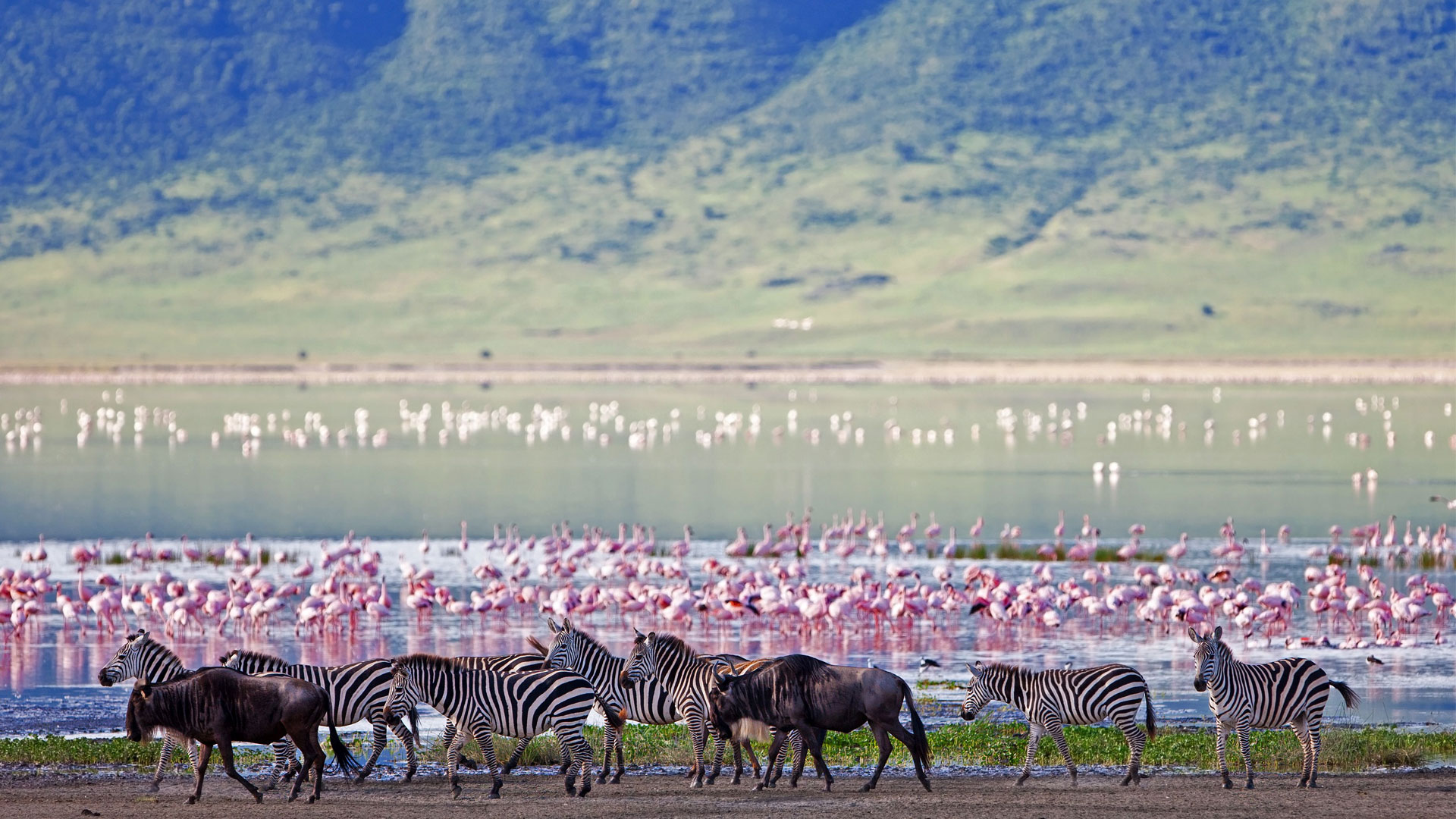
Step into Ngorongoro Crater, and you’ll feel like you’ve entered a natural amphitheater of life. Over 25,000 large animals live inside the crater—feeding, mating, hunting, and migrating in a self-contained ecosystem.
What You Might See in a Day:
-
Lions: One of the highest densities in Africa, with prides often seen lounging in the sun or stalking zebra.
-
Black Rhinos: Critically endangered, yet still surviving here due to the crater’s protection.
-
Elephants: Especially old bulls with majestic tusks, often seen feeding near Lerai Forest.
-
Hippos: Wallowing in freshwater pools and streams like Ngoitokitok Spring.
-
Flamingos: Decorating Lake Magadi in pink hues during migration season.
Alongside them are wildebeest, zebras, buffaloes, warthogs, jackals, servals, and over 400 bird species.
“Ngorongoro is not just a sanctuary—it’s a stage where evolution still performs its ancient drama.”
— Dr. Craig Packer, Lion Researcher & Ecologist
A UNESCO World Heritage Site and Global Treasure
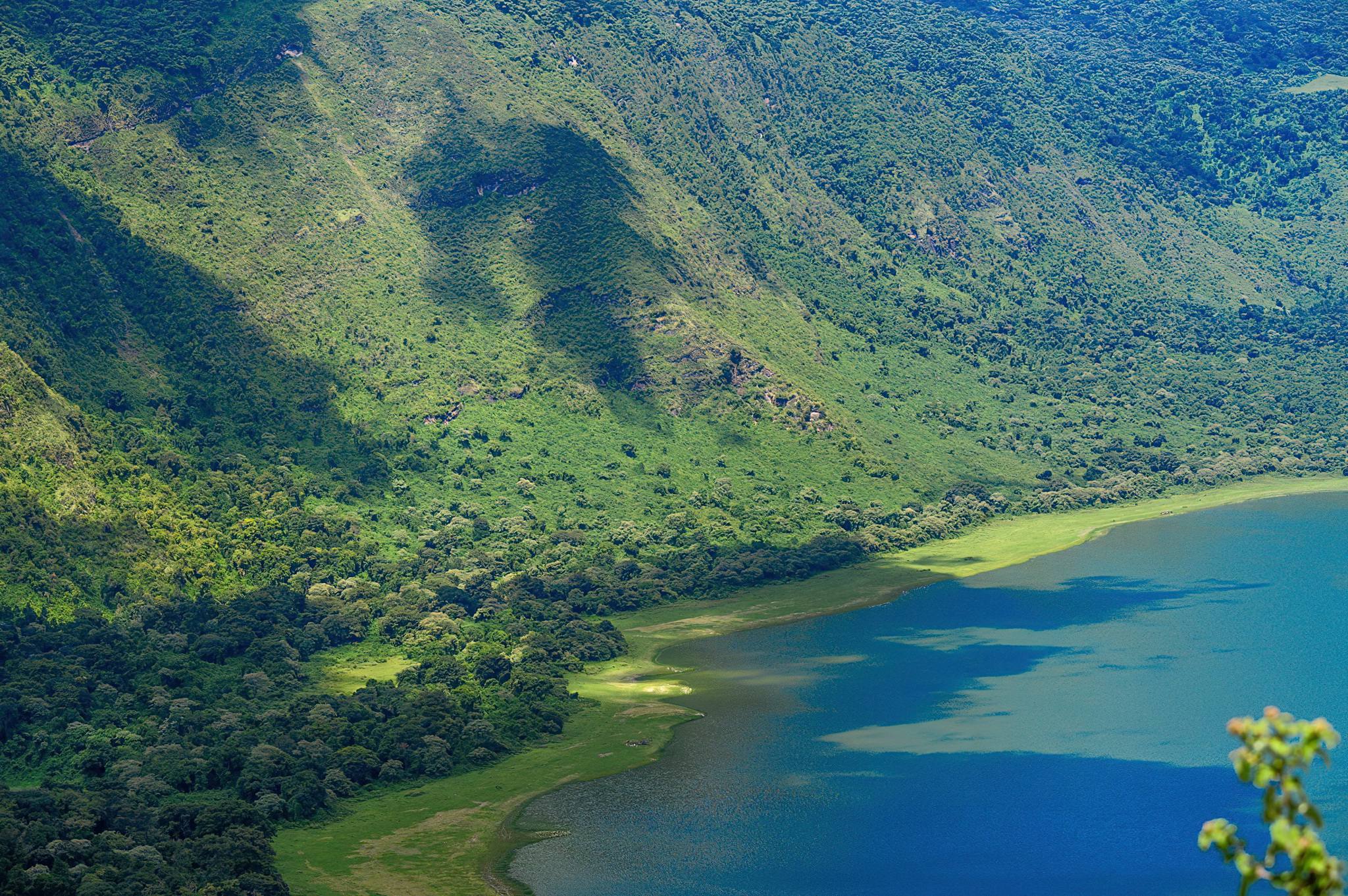
The broader Ngorongoro Conservation Area (8,292 km²) includes:
-
Crater Highlands: Volcanic peaks like Olmoti and Empakaai
-
Olduvai Gorge: “The Cradle of Humankind” where fossil discoveries rewrote our evolutionary story
-
Traditional Maasai Communities: Pastoralists who have herded cattle here for centuries, coexisting with lions and elephants
This blend of nature and culture is unlike any other conservation zone on Earth.
A Time Capsule of Human History
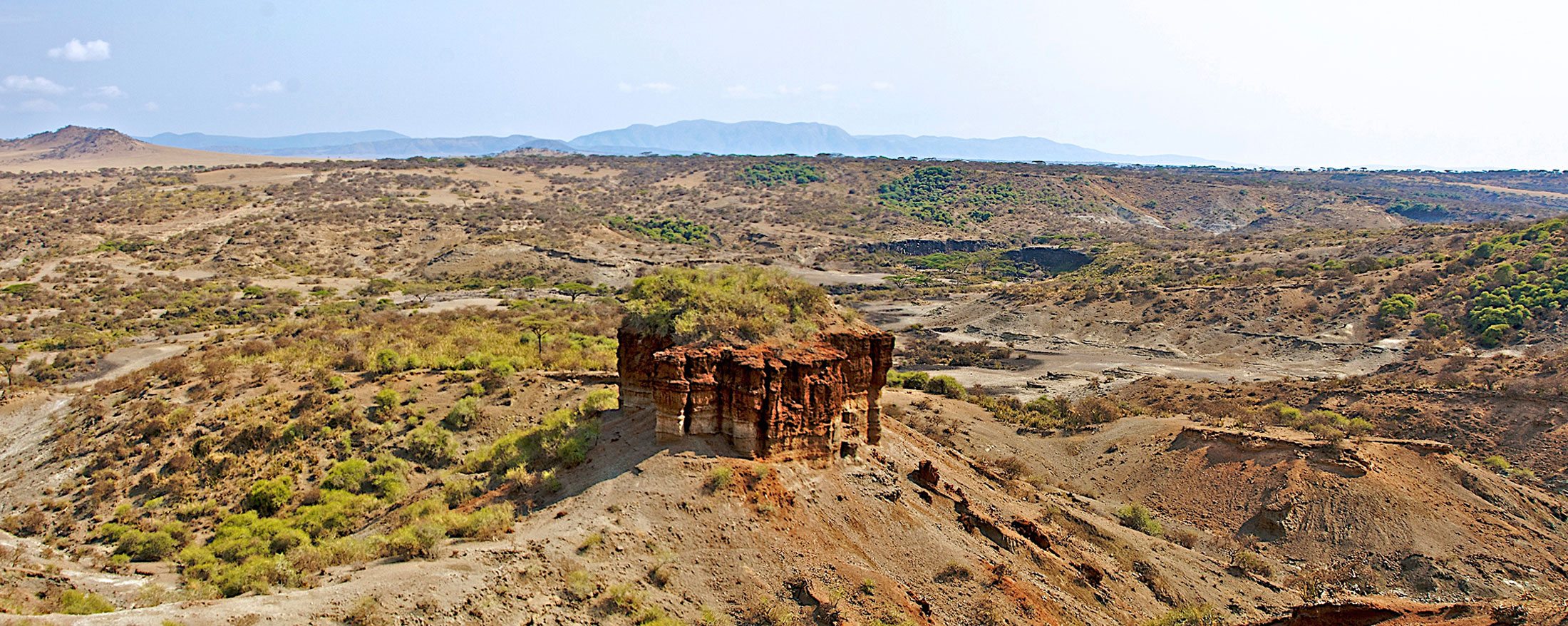
Here, Louis and Mary Leakey found early hominin fossils, stone tools, and remains dating back over 1.9 million years.
“Ngorongoro is not just the cradle of wildlife—it’s the cradle of humankind.”
— Dr. Meave Leakey, Paleoanthropologist
To stand here is to touch the roots of our own species.
A Model for Human–Wildlife Coexistence
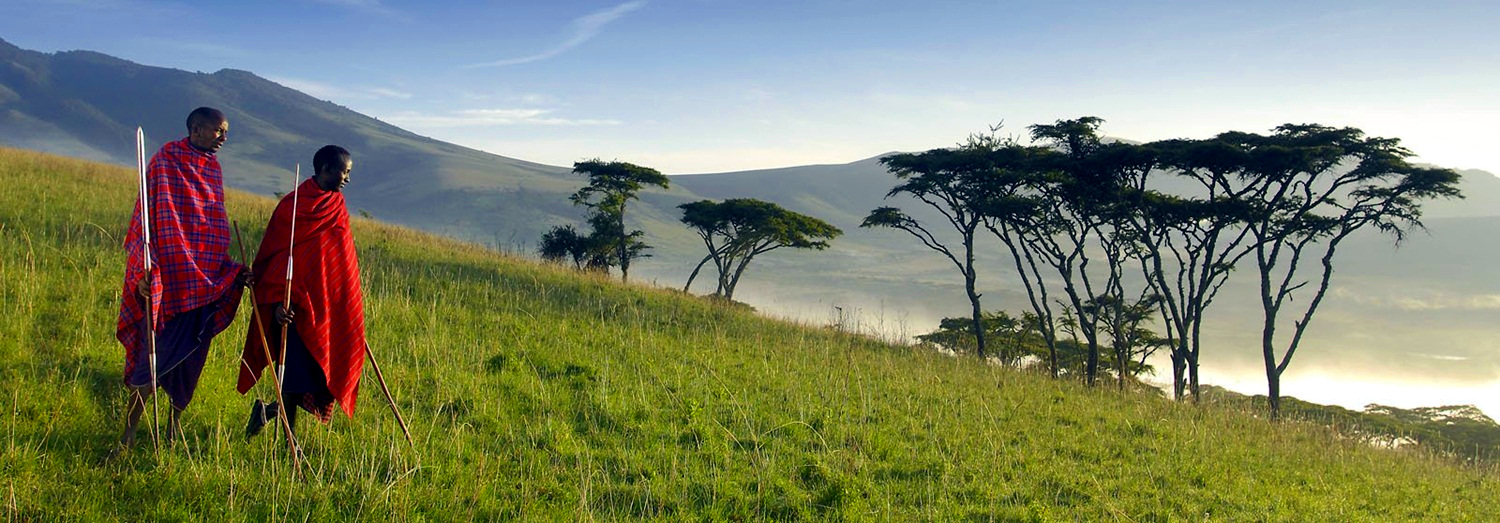
Ngorongoro is not a national park—it’s a multiple-use conservation area, where wildlife and people share the land. The semi-nomadic Maasai continue their traditional lifestyle, grazing cattle near wildebeest and giraffes.
This coexistence model is managed by the Ngorongoro Conservation Area Authority (NCAA) and is often cited in global forums as a unique experiment in integrated conservation.
Of course, balance is never easy.
“Balancing conservation with community needs in Ngorongoro is one of Africa’s most complex ongoing challenges.”
— International Union for Conservation of Nature (IUCN), 2020 Report
Still, it remains a beacon of possibility in a world increasingly divided between wilderness and civilization.
What Threatens Ngorongoro?
Even Eden faces danger. The Crater’s delicate harmony is under pressure from multiple fronts:
Over-Tourism:
-
Heavy safari vehicle traffic compacts soil, stresses animals, and increases pollution.
Grazing Pressure:
-
The human population within the conservation area has grown from 8,000 in 1959 to over 100,000 today.
-
Increased livestock threatens the fragile grassland ecosystem.
Climate Change:
-
Alters rainfall patterns, affects breeding cycles, and challenges water availability.
Poaching and Land Disputes:
-
While rare inside the crater, poaching and disputes in surrounding areas affect migration and safety.
If we lose Ngorongoro, we lose a rare harmony of past, present, and future.
Why Must We Protect It at All Costs?
Ngorongoro is a living classroom, a sanctuary of endangered life, and a spiritual landscape for the Maasai. It’s a mirror of Earth’s evolutionary story, and a testament to coexistence.
Protecting Ngorongoro means:
-
Preserving critical species like the black rhino
-
Guarding the origins of human evolution
-
Teaching future generations about sustainability
-
Honoring indigenous knowledge systems
“We must fight for these wonders. Once they’re gone, they’re gone forever.”
— Dr. Bernhard Grzimek, Conservationist & Author of Serengeti Shall Not Die
Final Thoughts: A Crater Worth Protecting
As a safari guide, standing at the rim of Ngorongoro feels like standing at the edge of a sacred time capsule—a place where Earth remembers who she is.
Let us protect it.
Let us learn from it.
Let us never take it for granted.



